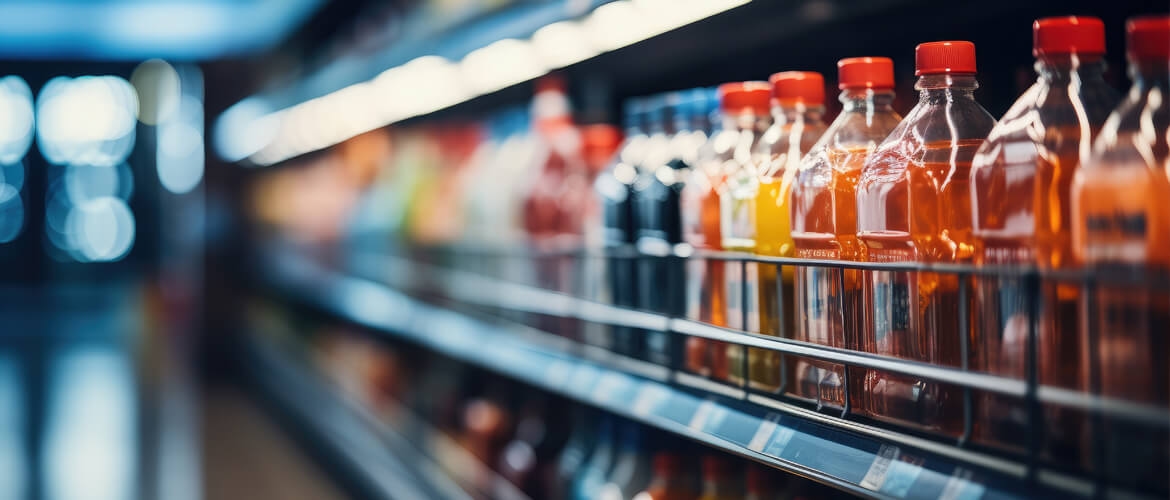
Integrating SAP CAR to non-SAP systems for a leading beverage retailer
The client is a leading beverage retailer in the US with an extensive grid of over 200 retail stores, e-commerce, and direct sales to licensees such as restaurants and distilleries. They were looking for a partner to replace their existing legacy POS and sales audit systems
Business Challenges
The client was looking to replace their existing POS and sales audit systems with a state-of-the-art solution as their legacy POS system was nearing end-of-life. The client’s business model consisted of multiple sales channels with data coming in from different sources. They chose GK Software’s POS system and SAP’s Customer Activity Repository (CAR) that runs on SAP HANA for the transformation, taking into consideration the strength of their POS functionality and standard integration of CAR into the sales audit system. Additionally, the client was not on SAP systems making the integration of CAR to non-SAP legacy system challenging
Partnering with Applexus
Applexus implemented SAP CAR integrating it with the client’s legacy non-SAP systems. Since the retailer’s existing financial, sales order, and master data systems were not running on SAP, the Applexus team designed custom interfaces to those legacy systems to obtain the required master data and sales order systems. The innovative way in which the implementation was carried out was highly appreciated by SAP as this was one of the first global implementations of SAP CAR with integration to non-SAP systems. Applexus leveraged our proprietary pre-built Industry Focus Solution for CAR along with our unique RunningStart methodology to ensure a successful implementation with rapid time-to-value. The delivered solution supported all the sales channels and legacy systems of the client.
In addition to the SAP CAR sales audit solution, Applexus also delivered two add-on solutions to CAR – Payment Reconciliation and Store Reconciliation. The Payment Reconciliation add-on solution automates the reconciliation between multiple payment processor files and sales data from all channels stored in SAP CAR. This helped the client with faster payment reconciliation with increased accuracy while reducing the costs associated with third-party reconciliation processors and the manpower required for manual processing. The Store reconciliation solution is a comprehensive and convenient user interface and has functionality that allows retailers to reconcile at a higher level than the POS Workbench more easily. Store Reconciliation can easily be configured allowing for maximum flexibility and use by each retailer to view their balancing information differently while also providing the ability to drill down to individual transactions for full visibility. This allowed the client to reconcile the transactions by the type of media such as sales, returns, coupons, gift cards while providing a comprehensive and convenient front end to SAP CAR to support a simplified and more effective user experience.
Benefits Delivered
- Implemented standard SAP CAR with integration to non-SAP legacy systems
- Quicker sales auditing and reporting processes as well as improved management of the company’s audit processes
- Applexus’ innovative add-on for Payment Reconciliation enabled faster payment reconciliation with increased accuracy
- Applexus’ innovative add-on for Store Reconciliation enabled client to easily reconcile transactions by media type
- Visualization of real-time insights into sales and customer data across all their channels
- Increased forecast accuracy of customer demand which enabled them to optimize their business processes and inventory levels
Client
Beverage Retailer
Solution
SAP CAR sales audit solution
Applexus Add-on Solutions:
- Payment Reconciliation
- Store Reconciliation
At a glance
The client was looking to replace their existing POS and sales audit systems with a state-of-the-art solution as their legacy POS system was nearing end-of-life. Applexus designed custom interfaces and implemented standard SAP CAR with integration to non-SAP legacy systems. The solution improved management of the company’s audit processes through quicker sales auditing and reporting processes.







